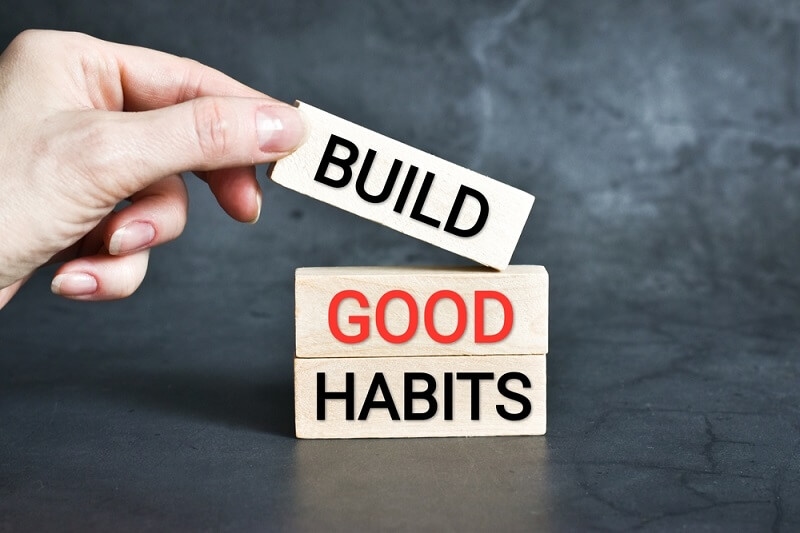
Creativity isn’t random—it thrives on structure, consistency, and the right mindset. Waiting for inspiration is a trap. The truth is, passion and productivity grow when you build a creative habit into your daily routine. These habits act as triggers for your mind, nudging you toward focus, innovation, and steady output.
In this article, we’ll break down how to design the creative habit, explore the habits of the creative mind, and show how a product mindset combined with enhancing productivity mindsets can fuel both passion and results.
A creative habit is not about doing something creative; it is about training your brain to go into creative flow when you need it. Here’s why it matters:
Concisely, a creative habit is what separates the transient ideas and those that transform things.
Must Read: 12 Winning Steps from Mindset: The New Psychology of Success
Building a creative habit is about structure, not rigidity. These elements help lock it in:
Big targets do not work since they are daunting. Start small: write one paragraph, draw one shape, brainstorm one idea. Consistency is created through small steps.
It is not the number of hours, it is the rhythm. A random three-hour beat is once a month and is 10 minutes a day. Creativity becomes a second nature with constant practice.
Creative flow needs cues. A playlist of a certain kind, a burning candle, or a notebook with a special purpose will tell your brain that it is time to create.
The activities of low-pressure doodling, freewriting, cooking, etc., keep you active and amusing, and help you to get into more serious work.
Habits evolve. When your routine is starting to get stale, then change it. The habit must not be dead, but alive; creativity will flourish.
Carl Pullein refers to them as soft creative habits and these are effective since they make creativity accessible.
Even if you’re not an artist, drawing or doodling unlocks nonverbal thinking. Take five minutes a day to draw to clear your mind to new ideas.
Action experiments in cooking. The act of combining flavors, textures and timing creates a creative rhythm. It is also a physical method of exercising flexibility.
Word puzzles, logic games, and applications are fun ways to test your problem-solving brain. A fast game before work gets your mind in the right frame of mind.
One of the best habits of the creative mind is freewriting. Writing without editing allows one to avoid self-criticism and allows ideas to run freely.
These soft habits are exercises--they are not the real work, but they keep your creativity in shape.
It is the habits of the creative mind that go deeper than the daily actions; they influence the way you think, react and the way you come up with ideas.
They are psychological constructs that dictate how you approach any problem.
Explore More: Create a Vision Board: Design Your Life and Achieve Goals

Ideas that are not executed are just a waste of potential. That is changed with a product mindset. Rather than seeking inspiration, make your creative process more like a product: constructed, polished, released.
With a product mindset, your creative habit produces not just ideas, but tangible results.
When you take the right attitude of mind, creativity and productivity go hand in hand. Here’s how enhancing productivity mindsets can fuel your creative work:
With creativity and improved mindsets of productivity, passion does not burn out but it becomes sustainable output.
The following is a feasible framework for combining all of them:
This model is a balance between form and play, action and reflexion.
Blocks are insurmountable even with good habits. The way to go through them is as follows:
Resilience is a practice as well--recovering creates a more robust creative system.
You may like: 5 Daily Habits to Stay Motivated and Achieve Your Goals
Creativity is not maintained by passion, but by habits. Creative habit provides structure to your ideas, which grounds inspiration in action. The patterns of the creative mind will influence the way you approach problems. A product mindset will make sure that you perform and perfect your work. Improved productivity attitudes keep you from burning out.
When all these factors come together, then creativity is not intermittent but is always present. You have created mechanisms to guard passio,n and it will remain alive. Creativity is the food of productivity. In such a balance, your best work is produced.
This content was created by AI